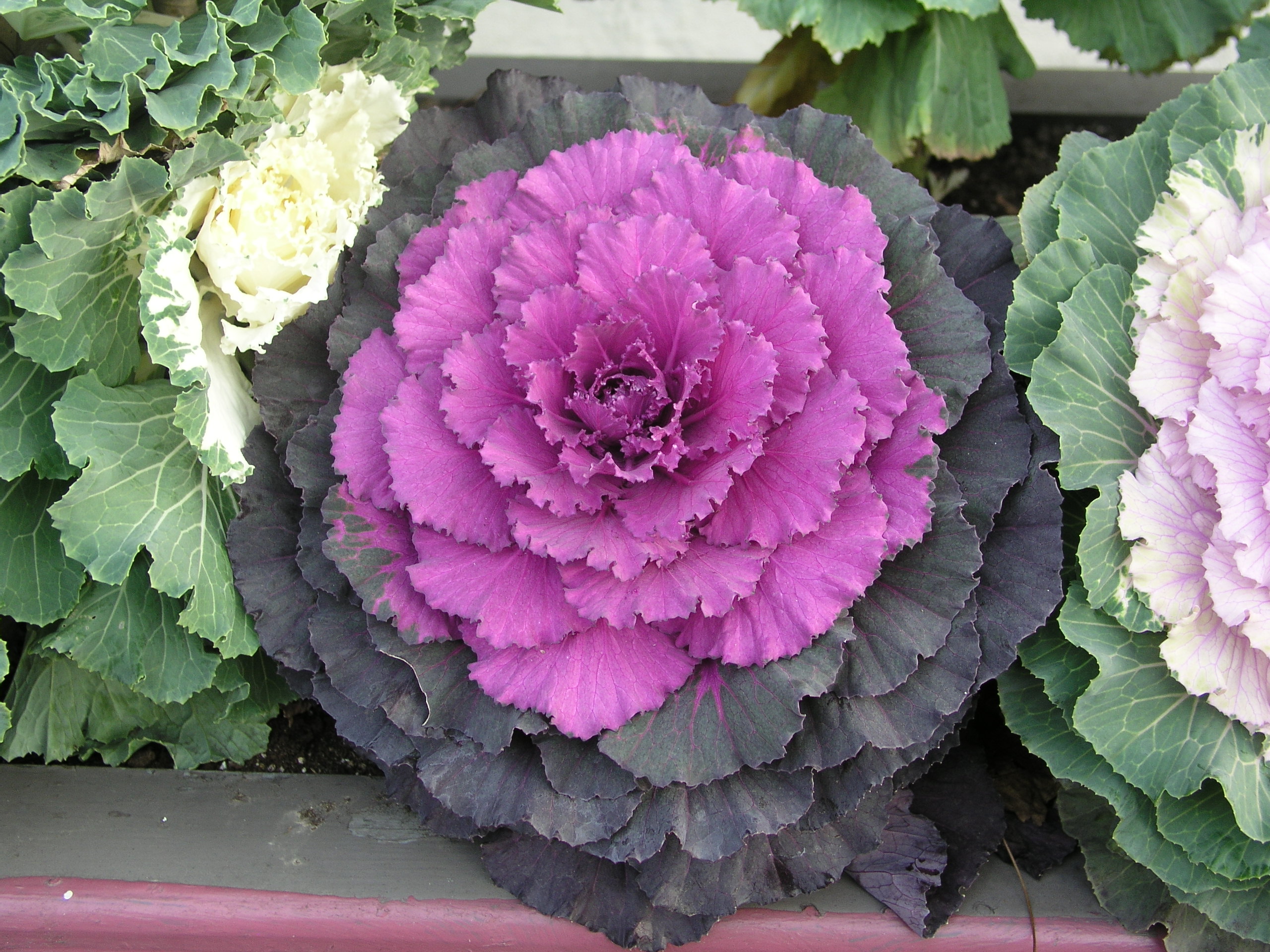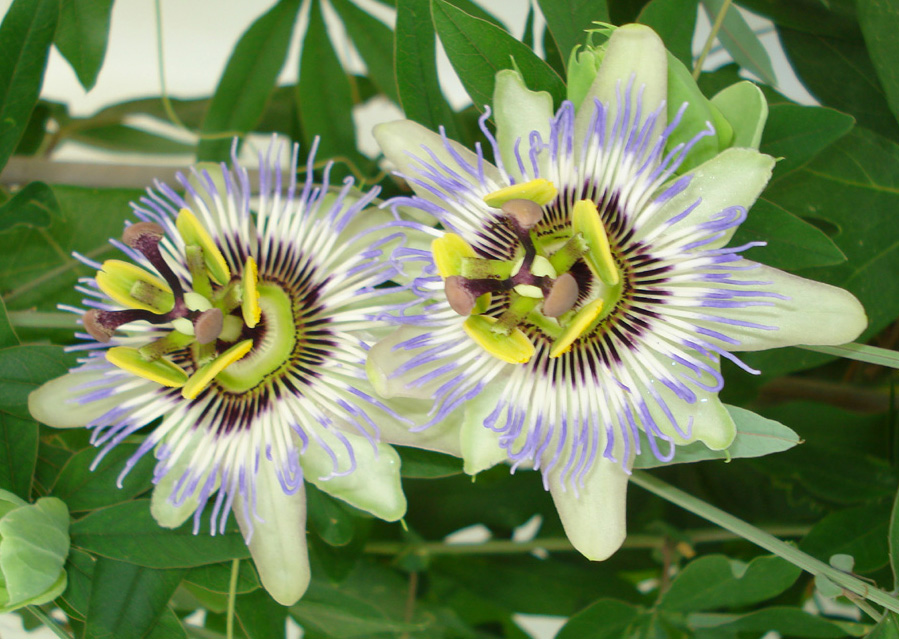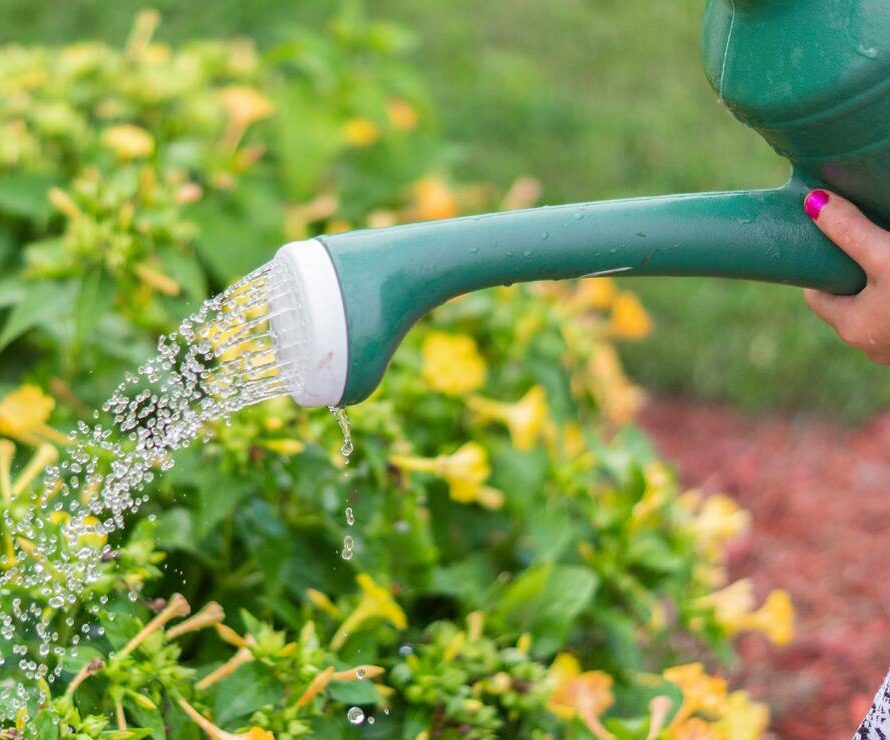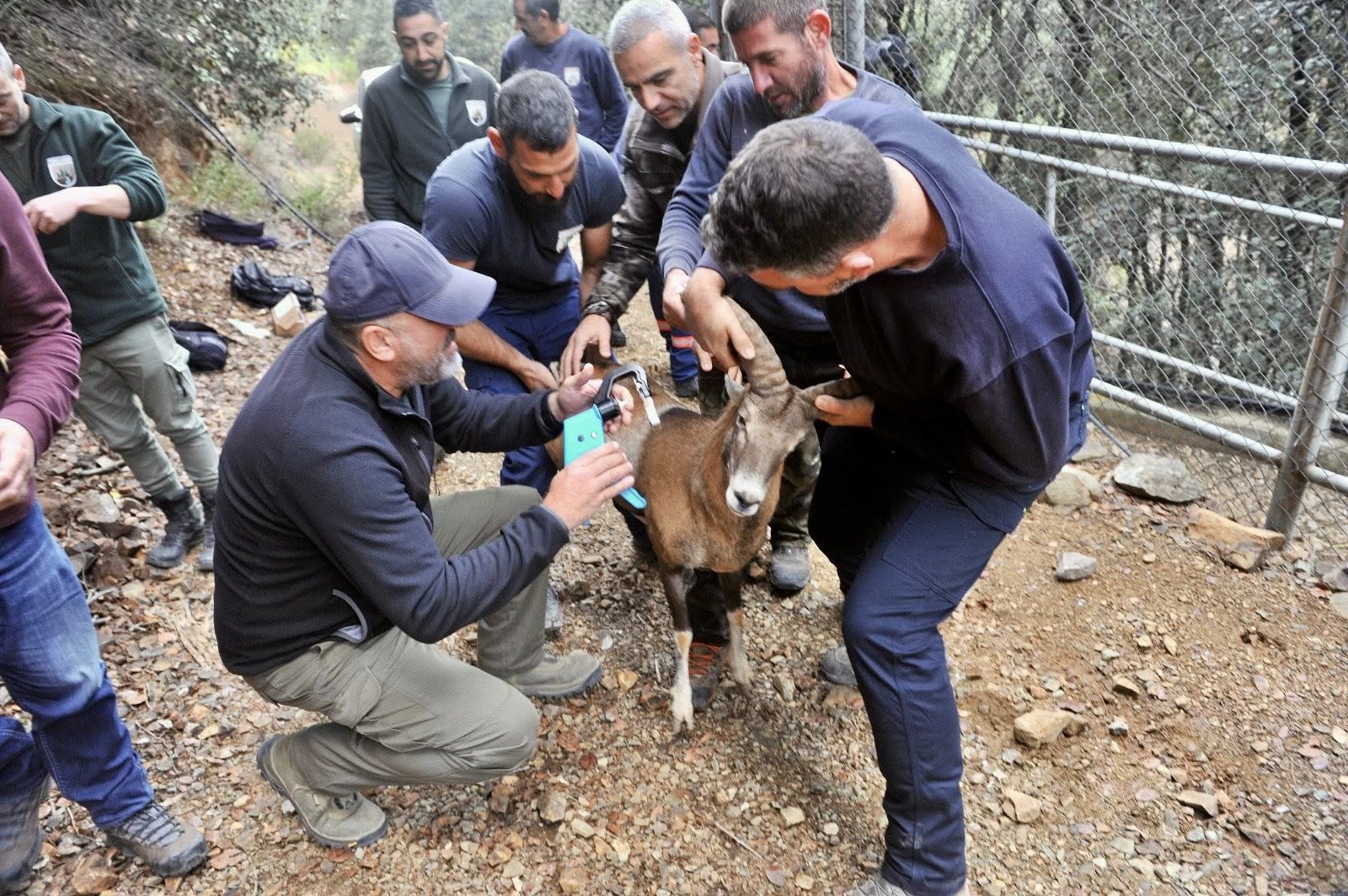Time to get back into the garden
After the heavy frosting our garden had earlier in the year, I thought that we had lost our lovely bougainvillea, which scrambles across the front veranda railing competing for space with another rampant climber, wisteria.
Having lived in the Far East in times past I always associate bougainvilleas with hot humid climates, which of course is what they thrive on. After the frosting though, it all looked very dead and I mourned its passing, especially as I had planted it myself when we first came here. Although they are reputed to have a long-life span, after my son and husband had finished cutting back all the dead wood, I really thought that we had lost it altogether!
However, bougainvilleas are made of sterner stuff than that and before long little growths began to appear lower down on the now thick trunk. Then it began to send out new stems and leaves and I have been able to enjoy its brilliant bracts, not the tiny white flowers, as they are tucked away inside the bracts.
I feel my house has come back to life now with its colourful nodding branches attracting my attention, as I draw the curtains back each morning.
Pyrostegia was another loss and is still trying to recover with my best attentions. Originally coming from South America, you will understand that it found this unusual cold spell during its flowering time uncomfortable and showed it in a decisive manner.
Although it flowers in our winter and can sustain drought conditions, it does not like such cold temperatures, but I am ever hopeful that after this very hot summer I might see a glimmer of growth tucked away inside to give us come colour during the winter months to come.
Thriving despite the winter or summer weather and going by the nickname of ‘Rottweiler’ plant (according to a friend of mine) is plumbago. How it came by that name I know not, but it is thought to convey hope, good wishes and spiritual desire.
It is a reliable plant with pretty blue or white flowers. Now is the time to reduce the stems to between 10 and 15 centimetres and you will have some fresh growth and flowers before long.
Plumbago have sticky seed pods that attach themselves to your clothes and to the fur of any passing animal as you or they pass by, which when they land on the soil will cause another plant to grow. They also propagate themselves by sending out runners underground and up will pop another plant, so be warned!
September can be another hot month here in Cyprus, depending where you live of course, with temperatures still around the low thirties. I am sure that after the very long hot summer this year, there will be some casualties in the flower beds and pots, but wait a while and see if the cooler weather and some watering and feeding might just resuscitate any plants that are looking ‘gone over’.
Pot plants may need a good pruning back with some fresh compost added to the pots now to freshen up the soil.
Pelargoniums, those great South African stalwarts, will probably need some attention too, although they have wonderful staying powers. Trim off any straggly growth and dead heads and give them a liquid feed of Phostrogen to help them rejuvenate.
They are the most marvellous plants and can last for years. However, sometimes the roots become congested and the stems turn woody, and you may need to take some fresh green cuttings and encourage them to root, which they do very easily.
You will find that garden centres will have supplies of what are known as ‘pot mums’ now, those brightly coloured miniature chrysanthemums which brighten up many a doorstep or porch as the days fade into autumn.
Don’t over water them, but treat them rather like poinsiettas by letting some water run slowly through them until no more water drips out of the holes in the bottom of the pot – good advice is to perform this over a sink! Some gardeners like to repot them when they buy them as their roots probably have filled the pot already, but it may hinder any further growth.

Other popular pot plants at this time of year are potted decorative cabbages, which look quite attractive too and are fun to grow.
Garden centres, always ahead of the game, will be displaying the new intake of spring bulbs by the end of this month, which is always something to look forward to. A reminder though that bulbs will only start to grow in damp soil, so wait a while before you plant them. A general rule for planting bulbs and corms is a depth of 2-2,5 times the height of the bulb.
I may have mentioned before that some bulbs like ‘paperwhites’ can be left in the ground year after year and still produce sweetly perfumed flowers in early spring, but others like hyacinths diminish in size each year.
Tulips, always later to flower, don’t go in yet, so keep them in a dry place for the moment.
A bulb that can be planted now is Sternbergia lutea, although, you may find that thesparrows like the bright yellow flowers and peck them to pieces. An old remedy for this was to plant them near a lavender hedge, which was supposed to keep the birds off.
I hope that you have stopped watering any amaryllis plants by now, letting the leaves die down along with removing any dead or dying foliage and flower stems of agapanthus plants, although some of them don’t lose their leaves at all. These plants have done their job for this year and now need a rest.
Think about all those jobs that you put off during the summer now. Hedges and topiaries have been growing despite the heat, so on a cooler day you might just begin to trim them back.
Keep watching out for those awful mealy bugs which may show themselves on other plants as well as their favourite Hibiscus. I know a lot of people have given up growing them for that very same reason. Not that I wish another cold spell on us, but it might just kill them off naturally.
High hedges or even walls around a garden can create what is known as a ‘frost pocket’, which means high temperatures in the summer and very low temperatures in winter. Frost pockets can also occur if your garden is on a slope, when cold winter air flows down to the valley bottom. I have probably mentioned before that this is just what happens in my garden, but not every year, thank goodness!
Plant of the month: passion flowers
The flower usually associated with September is Passiflora caerulea, a climbing plant commonly known as the ‘passion flower’ or in some parts of the world as ‘maypops’ or ‘grandilla’. They are admired for their exotic looking flowers that are produced freely during the summer months, attracting many butterflies and bees.
This plant belongs to a group of evergreen, woody climbers that grow in tropical woodlands in North, Central and South America, especially Peru (where they were first discovered in 1569), so they have been around for a long time. There are also a few in Australasia.
There are a few varieties to choose from, including the common passion flower, Passiflora caerulea, which is hardy in most regions of Europe, despite being native to more tropical climes.
Most passion flowers are evergreen with dark green leaves and producing either white or purple blooms. Some passion flowers produce edible, egg-shaped fruits.
New passion flower plants should be watered frequently and thoroughly during their first year in the garden or pot. Continue to water them well following summers, especially those that are in pots. Those grown in the garden will not require winter watering except in prolonged dry periods. Potted specimens can be watered more sparingly outside the growing season, but allow the surface of the compost to dry out between each watering.

They prefer fertile well-drained soil but will grow quite happily in most normal garden soil. New plants can be propagated from seed, softwood cuttings in spring, or semi-ripe cuttings in summer. Sometimes stems can layer a little way from the mother plant, which is the simplest and most reliable technique, and creates new plants with the same characteristics as the parent.
Grow passion flowers in full sun to partial shade, in a warm, sheltered spot. Most varieties need winter protection.
Cut back growth at the beginning of the season as flowers only appear on new stems and this helps to keep plants neat. Rampant climbers, they will quickly cover a wall or fence.
The passion flower is associated with a great deal of religious symbolism, and the name refers to the Passion of Jesus Christ in Christian theology. Some believe that parts of the plant refer to Christ’s crown of thorns and the nails and wounds of the crucifixion.







Click here to change your cookie preferences